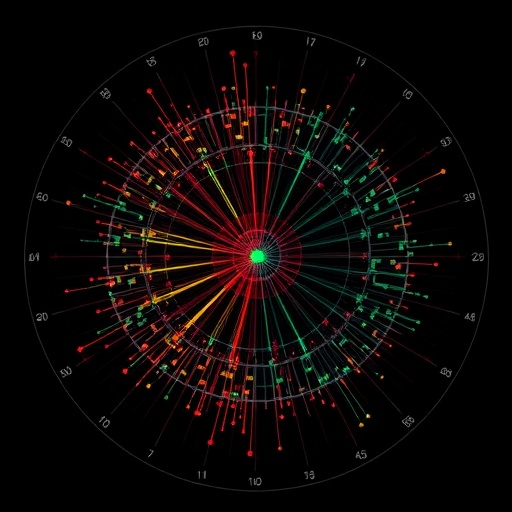Many scientists have been disappointed that no new elementary particles have been discovered at CERN’s Large Hadron Collider since the Higgs Boson in 2012. The failure to detect particles that had previously been predicted by theory is only one example of a ‘hole’ that has recently appeared in the concept of naturalness in theoretical physics. In simple terms, the concept states that physical parameters should depend roughly equally on all the terms used to calculate them, in terms of proportion. Sauro Succi, a theoretical physicist at the Fondazione Istituto Italiano di Tecnologia in Rome, Italy, has now published an intriguing essay in the journal EPJ D in which he argues that several common natural phenomena do not operate under ‘naturalness’ at all. Rather, they can only be explained using parameters with widely separated numerical values.
In his paper, Succi applies the concept of ‘un-naturalness’ to two complex areas of theoretical physics: the turbulence of fluid flows, and strongly correlated systems of the elementary particles known as fermions. Only the first of these two topics relates to his main research field: computer simulations of flowing matter below the macroscale and above the microscopic scale. He describes how these theories have similarities that are also shared with those of ‘un-naturalness’ in high-energy physics.
Currently, this work is highly theoretical, even abstract, but Succi claims that it can be used in the design of new materials for engineering and biomedical applications. In the long term, simulations based on these principles may permit the computer simulation of complete biological organelles, such as the Golgi apparatus. Succi pays tribute to a CERN colleague who sparked his interest in aspects of naturalness and complexity in theoretical physics far removed from his main research area.
###
References
S. Succi (2019), Of Naturalness and Complexity, Eur. Phys. J. Plus 134:97, DOI 10.1140/epjp/i2019-12576-3
Media Contact
Sabine Lehr
[email protected]
http://dx.





